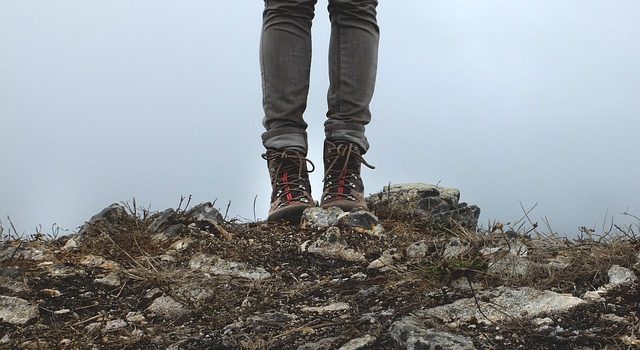You never plan for an emergency, but you can prepare. That prep work will make all the difference when temperatures start to drop.
It doesn’t even have to be below zero for you to suffer from frostbite. Don’t think you’re safe if the temperatures are warm, you are at just as much risk in the hot blazing sun.
You need survival clothing to keep you dry, which is the key to staying cool or warm. The moisture needs to wick away from your skin and evaporate.
Need help getting started with your survival clothing prep, keep reading our guide.
Survival Clothing
There are three basic categories of survival clothing that you need to stay warm and dry in any disaster situation. You need clothing to cover your body, footwear to protect your feet, and headwear.
Clothing
The first thing you need to know about good survival clothing is that it is many layers. Wearing many thin layers will keep you warmer than 1 or 2 thick layers.
Color
Think about the color of the clothing you buy. Bright colors will help rescue teams see you easily. However, browns and greens will help you blend into the surrounding nature.
Base Layers
This is the layer that sits right against your skin. Look for material that will keep you dry by wicking moisture off of your skin.
This will help you keep either warm or cool in the environment. For this technology to be effective this layer needs to be a snug fit.
Mid Layers
This is the layer of clothing that goes over your base layer and under your outer layers. Your best option for this layer is a good microfleece or wool.
Both of these materials will help pull the moisture away from the skin and evaporate out. Your best option is to wear your base layer when shopping for your mid layer.
You want this layer to be big enough to fit comfortably snug without restricting your movements. Look for items that can get easily packed away into your backpack.
The key to staying warm or cool in the environment is keeping this layer dry. That can get difficult when you’re being physically active. So you’ll want to take this layer off and store it away while you’re exerting lots of energy.
Outer Layers
Your jacket is the outer layer that protects all of your under layers from the elements. You’ll want to match this layer with the climate of where you’re going.
On a basic level, you’ll want a jacket that lets your body vapor out, but stops outside water from coming in. This does not mean plain waterproof material.
Fully waterproof material doesn’t let moisture through in either direction. This will be fine if you are sitting still, but not good once you start moving around and perspiring.
Look for material like Goretex from Ramco Textiles. This material protects you from the elements by being both waterproof and breathable.
Footwear
You want to find a pair of boots with a sturdy sole that will provide you with plenty of support. If your feet aren’t protected you risk injury, and then you’re going nowhere.
Shopping for Boots
Go in the afternoon when your feet are at their largest. This will ensure the boots you pick will fit your feet throughout the day.
Take the socks you plan to wear with them. There is no point in buying boots that will be too small once you put your socks on.
Prepping Your New Boots
Wear your new boots around and break them in first. This makes them more comfortable for your feet and ankles.
Before you wear them, give them a layer of protectant wax. This will aid in making them waterproof.
The worst thing that can happen in an emergency is for your shoes to become soaked. It will take a long time for your shoes to dry and can cause problems for your feet if worn wet.
Headwear
The last thing you should be worrying about in an emergency is losing body heat. While it’s a myth that we lose 50% of our body heat through our heads, you still need a hat to prevent heat loss.
If you are in a warm environment, a quality hat will protect your head, neck, and ears from the harsh rays of the sun. This will help prevent you from getting overheated, dehydrated, and sunburnt.
If you don’t have a hat, you can also improvise. Take a piece of material and wrap it around your head, neck, and shoulders.
Other Gear
Don’t stop at buying clothing for your survival prep. To guarantee that you will stay warm and dry you need to buy a quality tent and backpack.
A tent will provide you with shelter from the elements. While a backpack will give you a place to store and carry your items.
Get Prepared
The best way to survive in an emergency is to be prepared. This means having the right clothing for the climate, whether it is hot or cold.
The best way to stay both cool and warm is to stay dry. To stay dry you want to dress in multiple layers. This gives you the freedom to put on and take off layers as you get warm and cold.
Don’t only focus on your clothing though, you need to have the right foot and headware. This will complete your survival clothing outfit.
Looking for a place to test out your new gear? Check out these recreational campgrounds.

